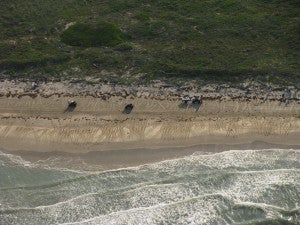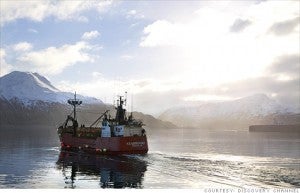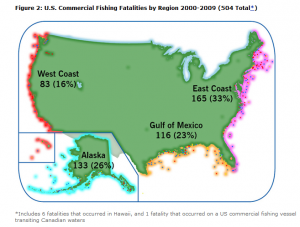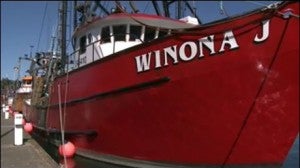Beginning on September 8, 2012, a series of closures will begin for commercial fishermen in the South Atlantic. Closures have become all too commonplace for fishermen in the region that spans from North Carolina all the way down the Atlantic coast of Florida.
The upcoming closures will include a number of species:
Complex | Species | Closure Begins |
Deepwater | Yellowedge grouper, blueline tilefish, silk snapper, misty grouper, queen snapper, sand tilefish, black snapper, blackfin snapper | September 8, 2012 |
Gray triggerfish | Gray triggerfish | September 11, 2012 |
Porgy | Jolthead, knobbed, saucereye, whitebone, scup | September 8, 2012 |
Yellowtail snapper | Yellowtail snapper | September 11, 2012 |
Command and control management that dominates the South Atlantic fisheries isn’t working for fish or for fishermen. Stocks are continuing to suffer and fishermen are barely hanging on. We continue to hear reports from fishermen that many are ready to leave the fishing business, some have had to look to government assistance to feed their families and many face a serious mountain of debt. Being off the water for months at a time and working in constant fear of closures is no way to run a business.These species are crucial to many commercial fishermen in the region. The closure of the gray triggerfish and yellowtail snapper fisheries are unprecedented. With spawning closures taking place at the beginning of 2013, this could mean more than six months off the water for many commercial snapper-grouper fishermen. Read More













